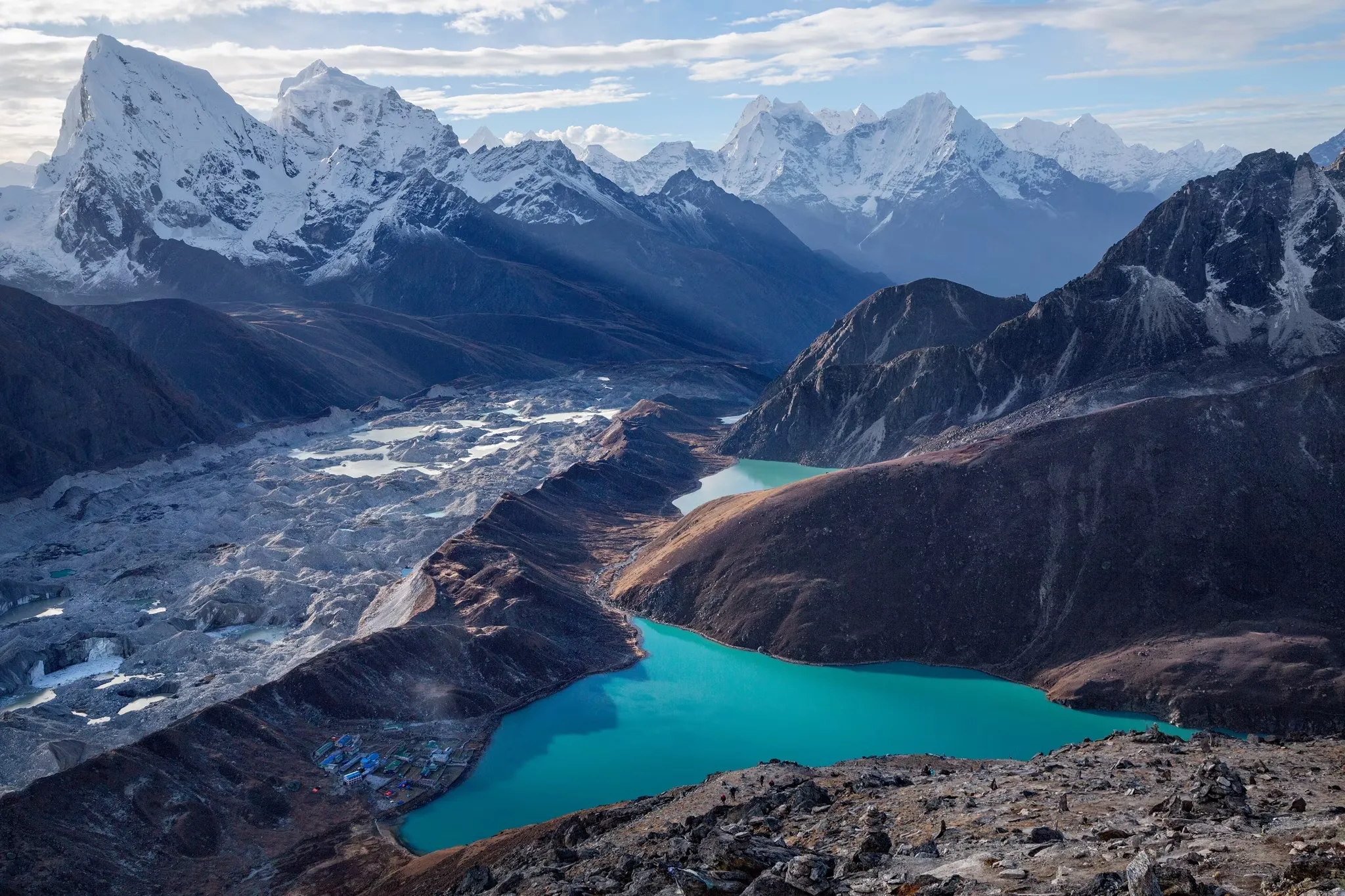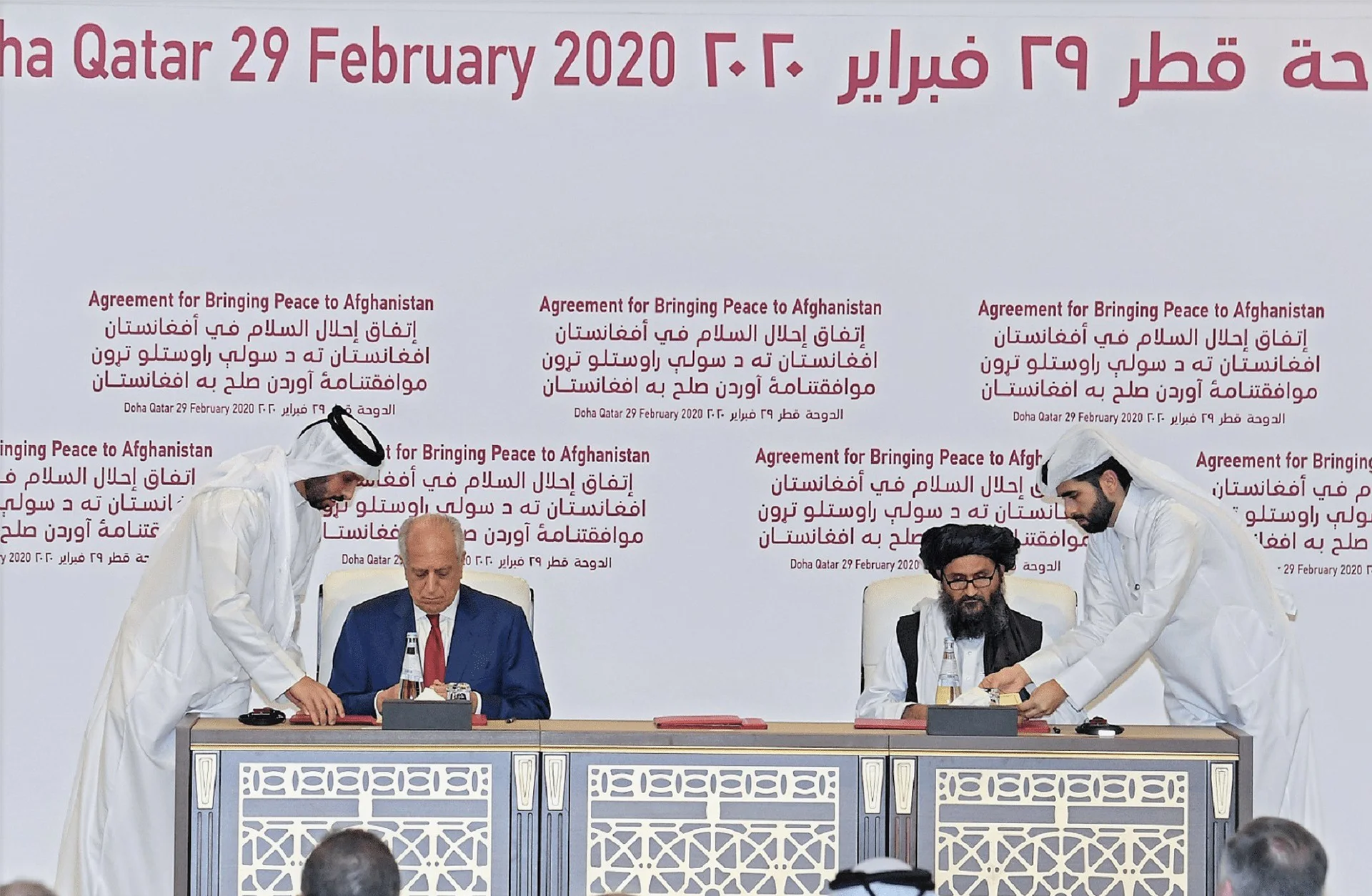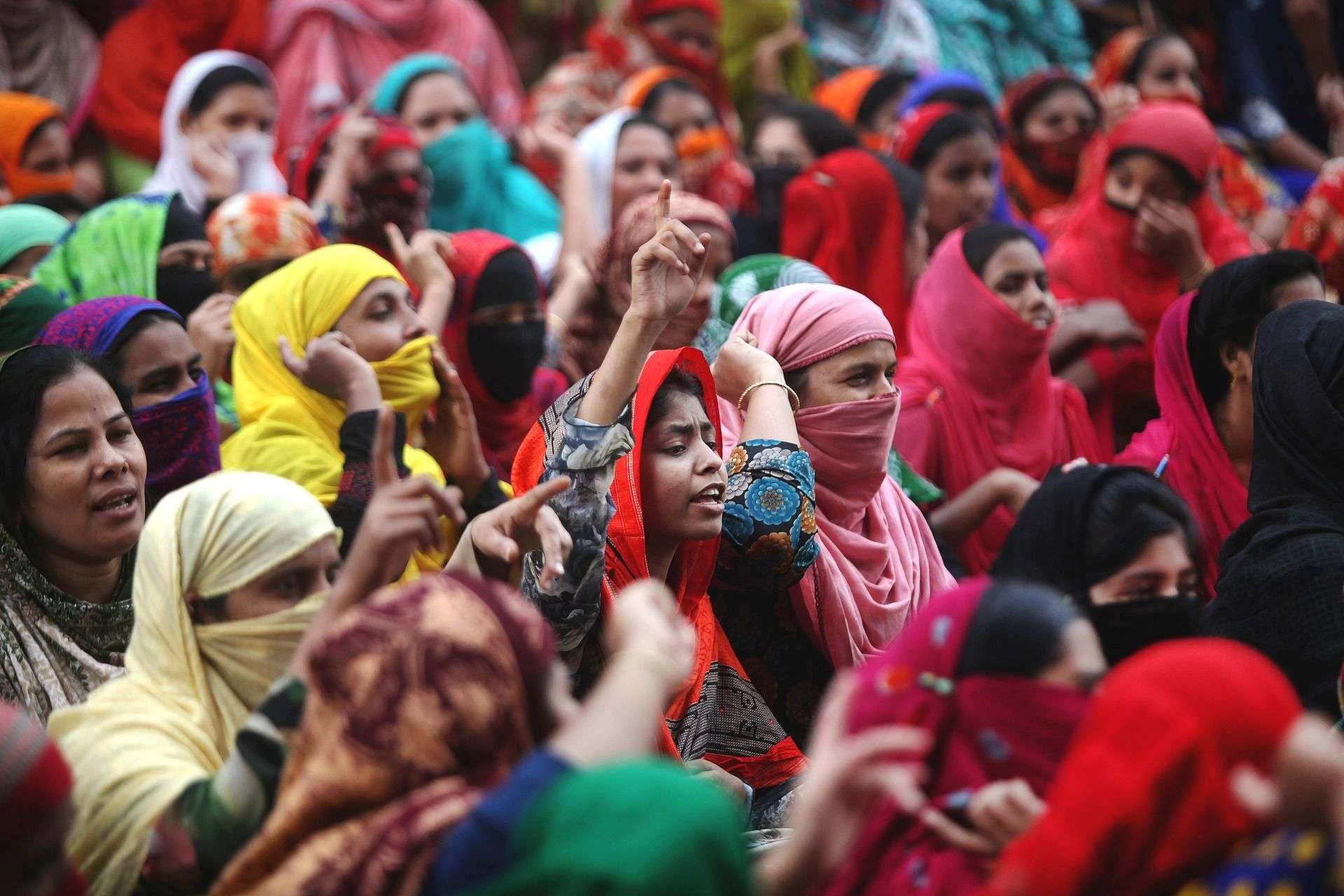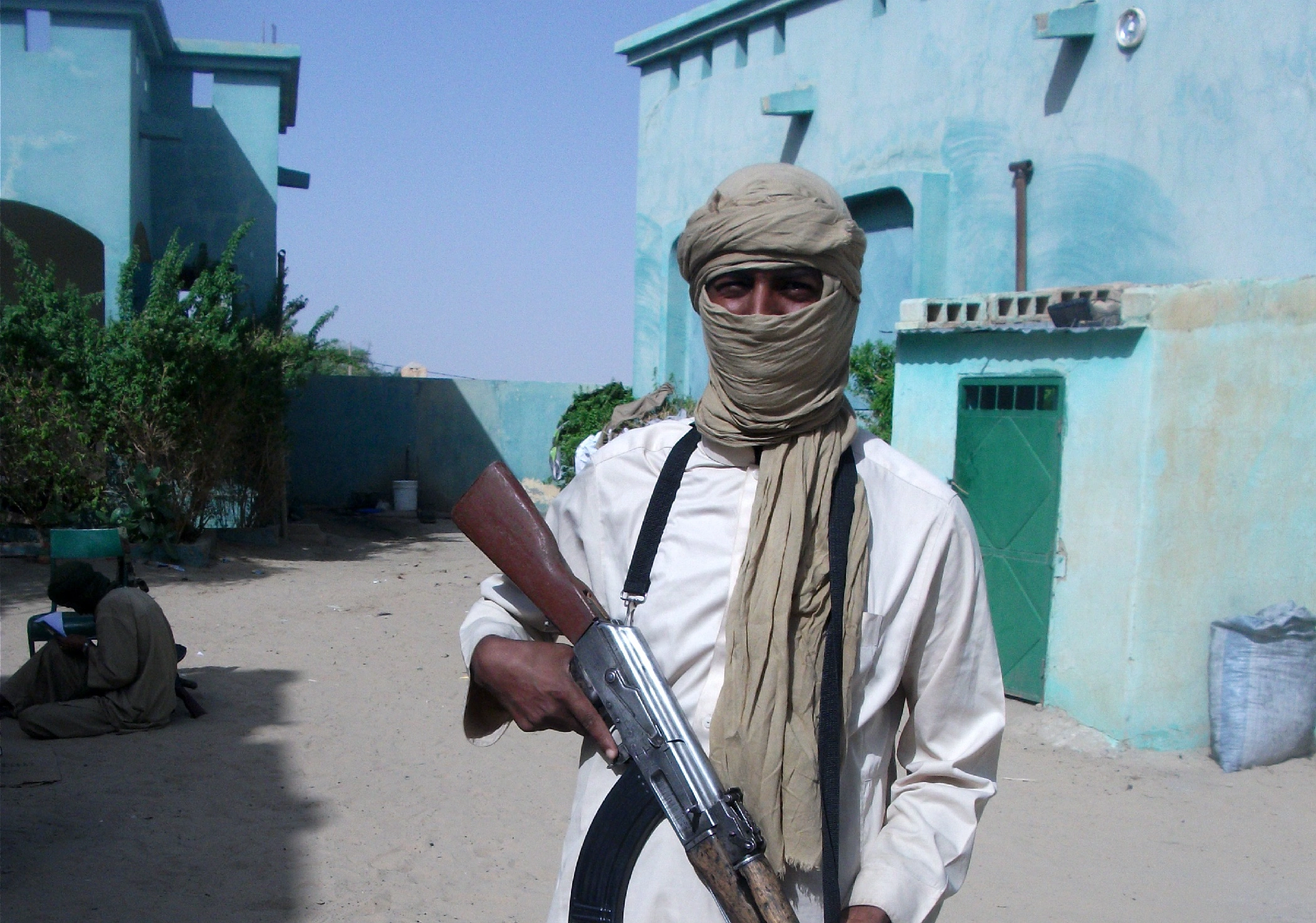The frozen peaks that once clamored South Asia’s topography have now started melting into an increasingly warming world. A profound change is unfolding. This transformation reaches beyond picturesque landscapes & has now become a serious concern of national security. South Asian countries, especially Pakistan, serve as a poignant example of the far-reaching consequences of melting glaciers. The shifting topography in these regions poses significant challenges. These issues demand immediate attention and action.
The Glacial Retreat & Its Impact
Almost two billion people across Pakistan, India, Afghanistan, and China are dependent on freshwater. This water comes from the contested highlands of the Himalaya-Karakoram-Hindukush (HKH) mountain ranges. The HKH region contains about 15,000 glaciers, which store about 12,000 km3 of fresh water. These highlands are the globe’s third pole, harboring more ice in their glaciers than anywhere outside Antarctica and the Arctic.
The latest report of the International Centre for Integrated Mountain Development (ICIMOD) warns that 75 PERCENT of the Himalayan glaciers will be lost by 2100.
These shifts have far-reaching implications, influencing ecosystems, water resources, and even the power to disrupt entire communities settled for centuries in the areas that now stand affected, in South Asia.
The glaciers are a critical source of water for about 250 million people in the mountains and an additional 1.65 billion who live in the river valleys below. They are fed by snow and glacial melt from the Hindu Kush Himalaya region, known as the world’s “Third Pole” because it contains so much ice. In the Himalaya-Karakoram-Hindukush highlands, these changed environmental conditions will affect billions of people through impacts on irrigation, agriculture, tourism, hydroelectric power, access to drinking water, flooding, and potential cross-borders conflict.
Glacier Melting and Environmental Challenges
With glaciers acting as natural reservoirs, their depletion has direct consequences for water availability.
For more than HALF A BILLION people living in high mountain regions of KHH, climate change is bringing a troubling mix of too much water and not enough.
Estimates indicate that Pakistan’s water supply from glaciers might decline by a substantial percentage in the coming decades. Even having many glacial reserves, Pakistan cannot harness its use systematically. This water scarcity threatens Pakistan’s agricultural sector, upon which the livelihoods of millions depend.
Beyond water scarcity, glacial retreat raises the specter of environmental instability. The accelerated melt contributes to the formation of glacial lakes, some of which pose the risk of catastrophic outbursts known as Glacial Lake Outburst Floods (GLOFs). Or it could aggravate the impact of extreme rainfall, like the deluge that caused recent massive flooding. Additionally, altered river courses driven by glacier retreat can increase flooding and soil erosion, impacting infrastructure and communities downstream.
National Security Implications
The gravity of the situation goes beyond environmental concerns. Experts express concerns that diminishing water resources could escalate tensions within Pakistan and across its borders. As water scarcity intensifies, potential disputes with neighboring countries over shared river channels can become a haunting reality. While some reports have noted water scarcity as a threat capable of causing intrastate conflicts along ethnic lines, more recent reports show concerns about states using transboundary river basins as “leverage over their neighbors to preserve their water interests.”
The National Intelligence Estimate has cautioned about the “medium risk” of cross-border water tensions and conflicts through 2030, while “high risk” predicted through 2040.
Pakistan, India, and Afghanistan have been identified as highly vulnerable countries of concern. This scenario underscores the imperative of addressing the issue from a national security standpoint.
The urgency of this situation calls for quick action. South Asia needs to step out of mere climate advocacy. Governments and policymakers of the region are striving to get investments in water management, sustainable agricultural practices, and renewable energy sources.
By diversifying water sources and modernizing irrigation techniques, Pakistan, India & Afghanistan can mitigate the impacts of glacial melt on agriculture and energy.
Experts also highlight the potential of renewable energy sources, such as solar and wind, to offset the energy loss caused by reduced hydropower generation. Collaborative efforts with neighboring countries are also crucial. Shared river systems require cooperative strategies that prioritize the sustainable use of water resources for the benefit of all.
Way Forward
The melting glaciers of South Asia serve as an urgent reminder of our planet’s changing climate. In Pakistan, the repercussions of glacial retreat are keenly felt and provide a glimpse into the challenges that lie ahead for the region. However, the crisis also presents an opportunity for unity and action. By addressing the impacts of melting glaciers collectively, South Asian countries can work toward securing a future where the beauty of the landscape is preserved, resources are managed responsibly, and the foundation of national security remains steadfast.
The views expressed in this article are the author’s own. They do not necessarily reflect the editorial policy of the South Asia Times.







